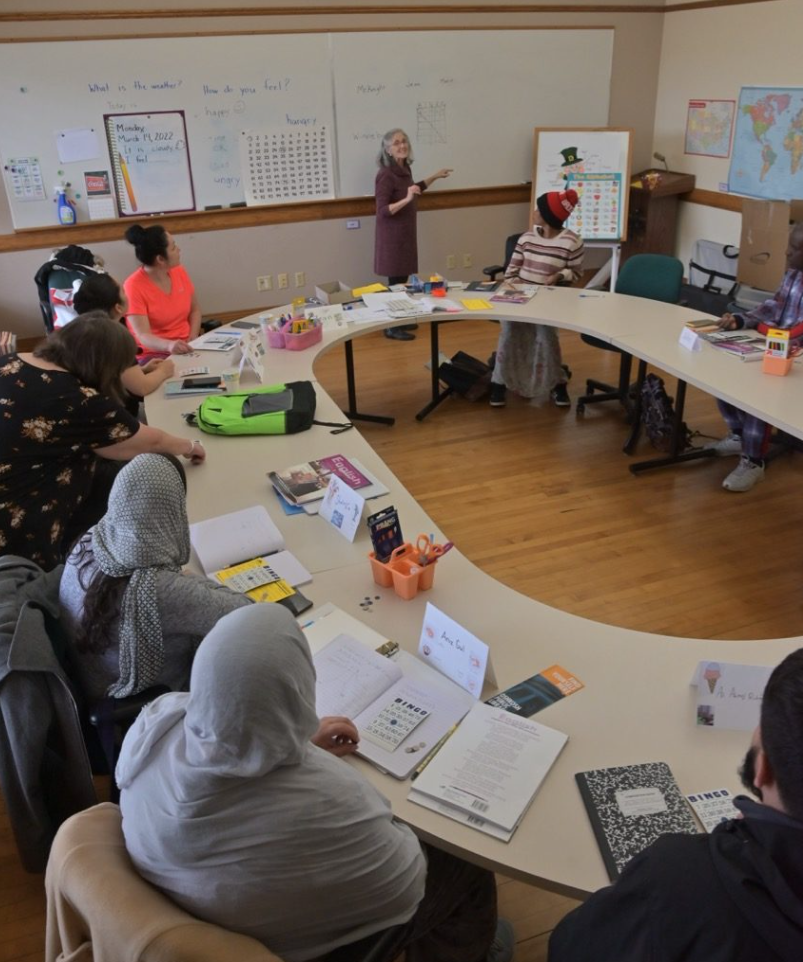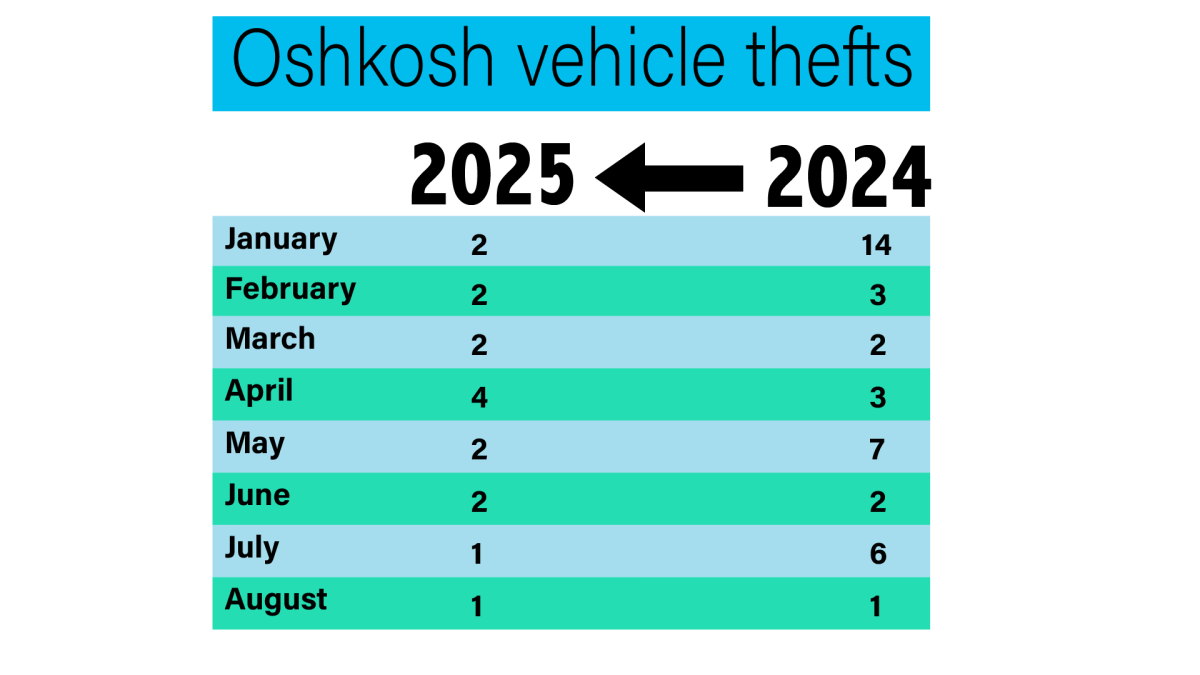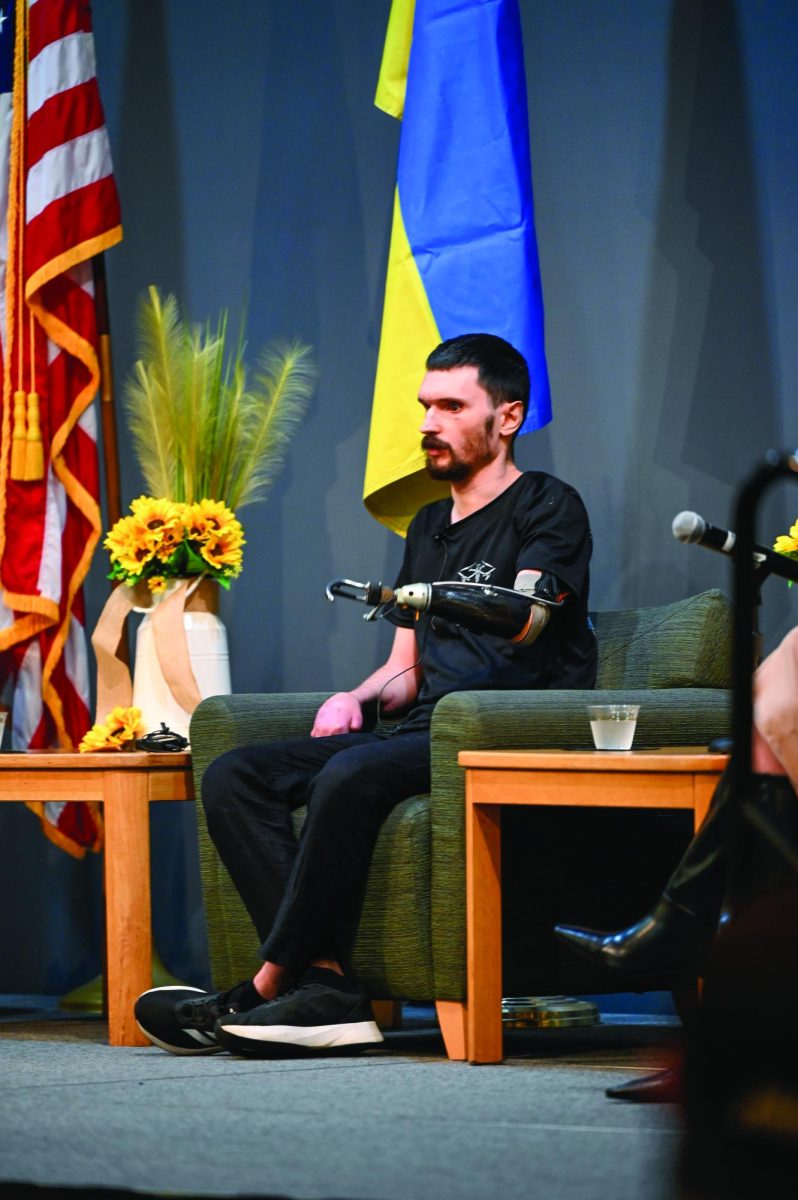UW Oshkosh adjunct professor Kevin Rau’s business, Rauhaus, will be featured on an upcoming episode of the Discovery Channel’s “How It’s Made.” The segment will focus on old presses and highlight the resurgence of their use, according to Rau. Rauhaus is located inside the old First National Bank in downtown Oshkosh and features printing presses that are over a century old. Rau said even with the use of these old presses making a comeback, he’s not sure what the segment will mean for him and his business. Rau said the experience of filming the show was not what he expected. “As I’ve been explaining to people who ask about the experience, imagine taking a project that usually takes about two hours or a little less to perform and have it stretch over twelve and a half hours of filming,” Rau said. “It was grueling. It really, really was. I was exhausted by the end of it.” According to Rau, during Rauhaus’ segment on the show, he will not be mentioned, it will focus on the presses of printing on centuries-old machines. “They will take their 12 and a half hours of film and edit it down to about four minutes,” Rau said. Rau said he does not think the four minutes of television will do much in promoting Rauhaus. “I expect more of a boom in business because of local media covering it than I will when [the segment] airs six to eight months from now,” Rau said. According to Rau, there has been an increasing interest from younger generations to use older presses versus the new printing technologies, and he has been able to incorporate that interest into his classes at UWO. “I think it’s been a really nice addition to my teaching tools,” Rau said. “To be able to tell them that this is how printing was done 500 years ago before offset and before digital.” Rau said once he acquired more than one press he began bringing his students to Rauhaus to see the process “Now I bring my classes down here for one class, and I set up something in the flatbed press and have them ink it up and print it,” Rau said. Recent UWO graduate Jenna Schroeder said she thinks students should be exposed to older techniques of printmaking. “I think it is extremely important for design and printmaking students to visit studios like [Rau’s] because that is where designing and printing all began,” Schroeder said. Schroeder said she has previously used the old presses at Rauhaus with Rau’s guidance. “I have rented out [Rau’s] Vandercook press that is nearly 100-years-old twice, and he also worked with me to print my business cards,” Schroeder said. “[Rau] has definitely brought his teaching ability into his studio.” Schroeder said her first time working with a press was at Rauhaus, and working with it was more rewarding than any design software. “There’s something very gratifying to me about being able to put together a composition from start to finish by hand,” Schroeder said. According to Schroeder, using the old presses allows the designer full control of their designs without the interference of technology. “I think it’s important to utilize the more historical processes of printing like [Rau] uses because it makes us not take for granted the beautiful art and craftsmanship that goes into the design process,” Schroeder said. Schroeder said students should be grabbing as many opportunities as possible, including Rauhaus’ press rentals. “It is a great resource more design students should take advantage of. He only charges $10 per hour, and you won’t walk away disappointed, only with inspiration,” Schroeder said. UWO printmaking professor Gail Panske said there are a multitude of different mediums through which an artist can express themselves, and Rau’s use of old presses is only one of those mediums. “Exposing students to a wide variety of expressive tools is one of the most important things we do,” Panske said. “It allows them to have more options when they enter their careers as artists, designers, art educators.” Rau said he found his passion for design and printing in high school, and after multiple projects, he has come back to printmaking. “After 30 years in the graphic industry, I’ve designed t-shirts, posters, books and magazines,” Rau said. “I kind of saw that design was becoming more of a commodity than I was comfortable with. I thought, I really have to separate myself, so I got back into [printmaking].” Rau said in order to get the design from the computer to the press, he works with a company in Kaukauna to make the plates and paper from a paper mill owned by a Neenah paper company. “It’s really a marriage of new and old technology,” Rau said. “You can design something on a computer and print it on a machine made when no one thought we’d all have phones in our pockets.”
Categories:
Professor Kevin Rau to be featured on ‘How It’s Made’
December 10, 2015
0
More to Discover








